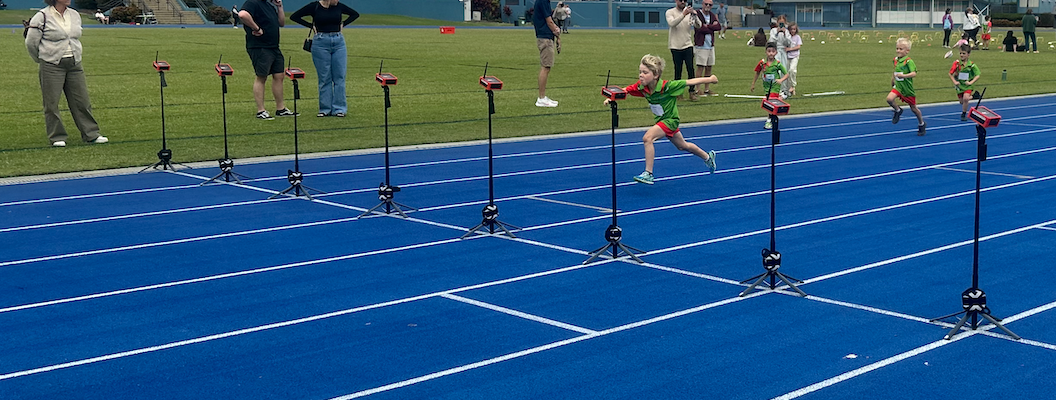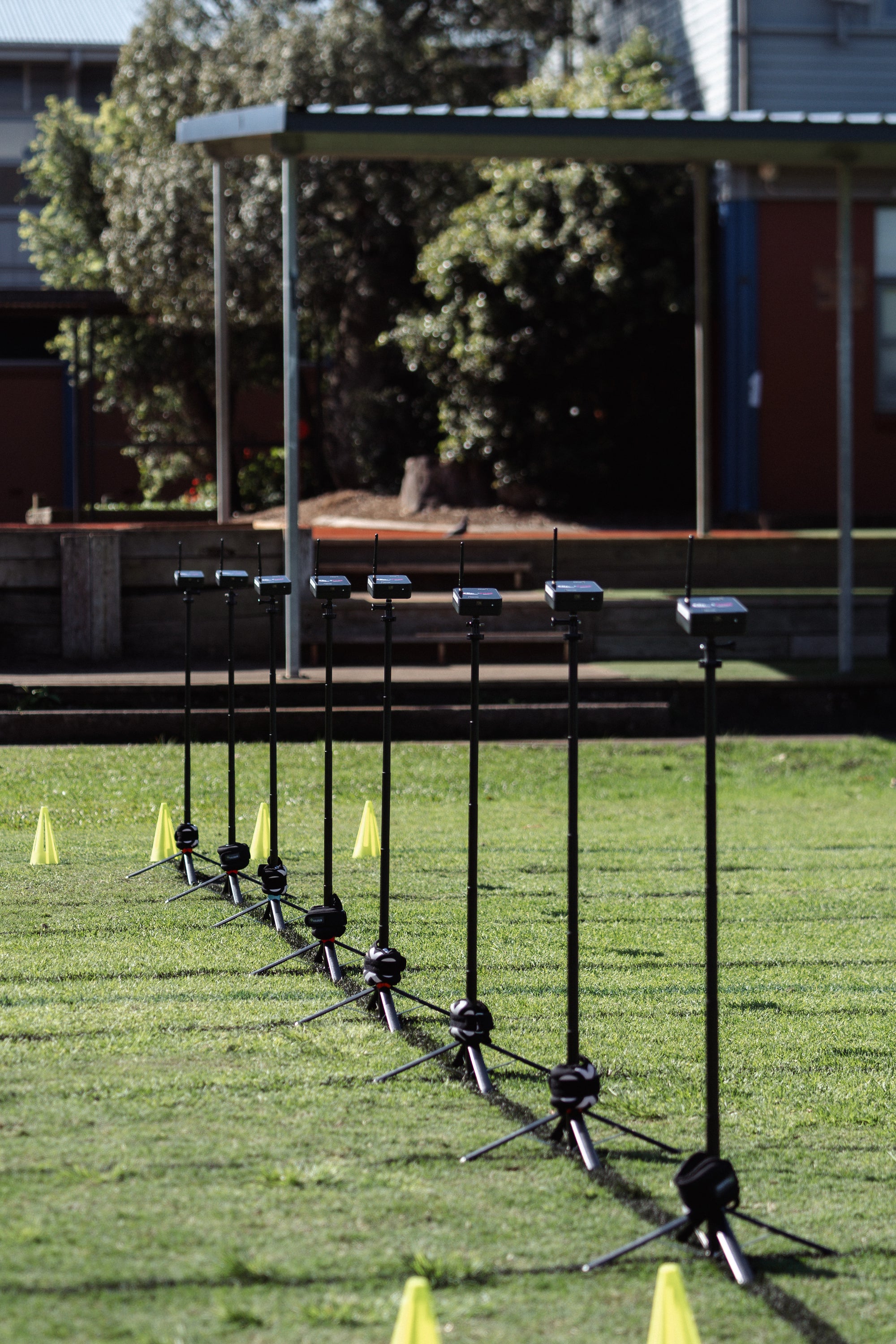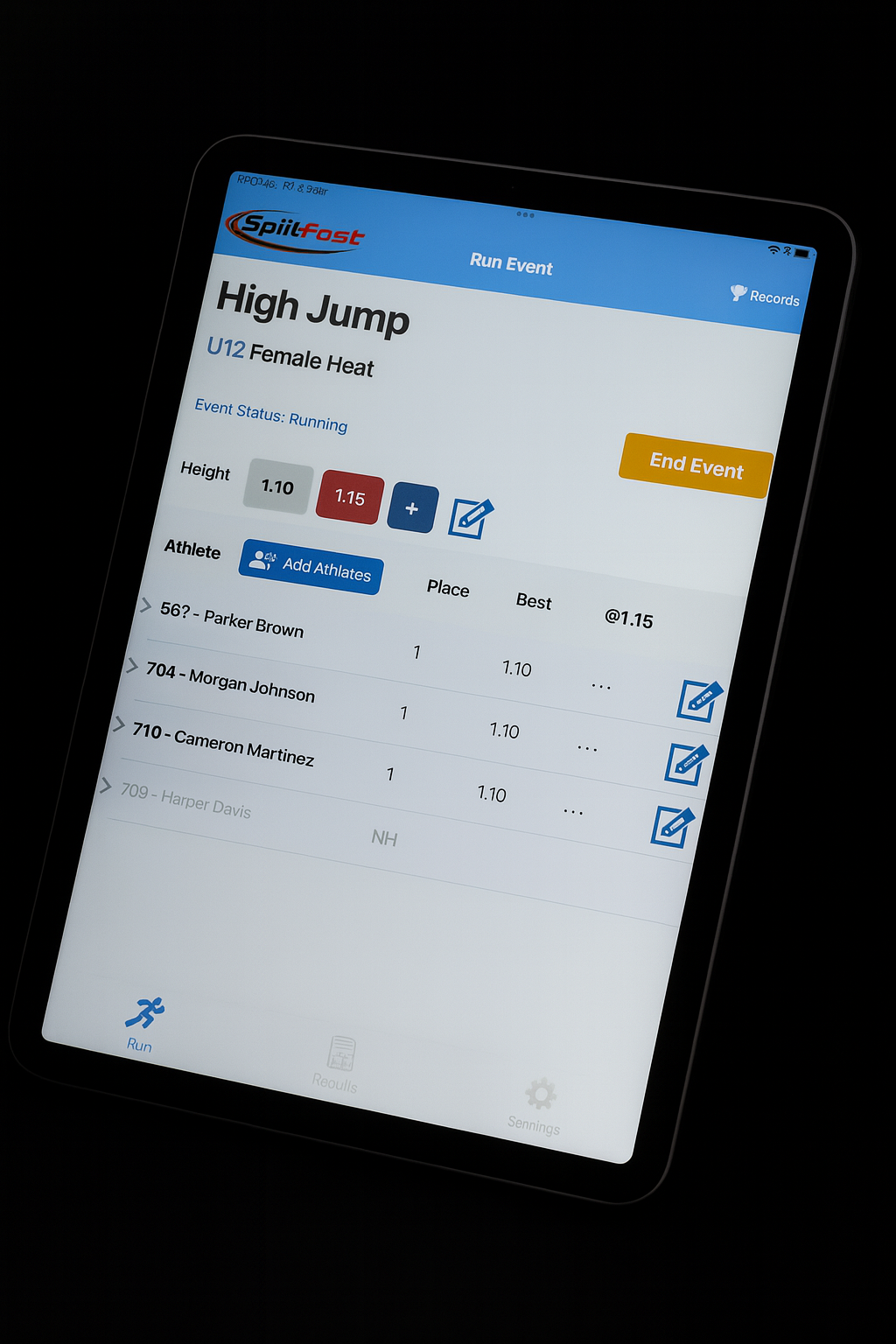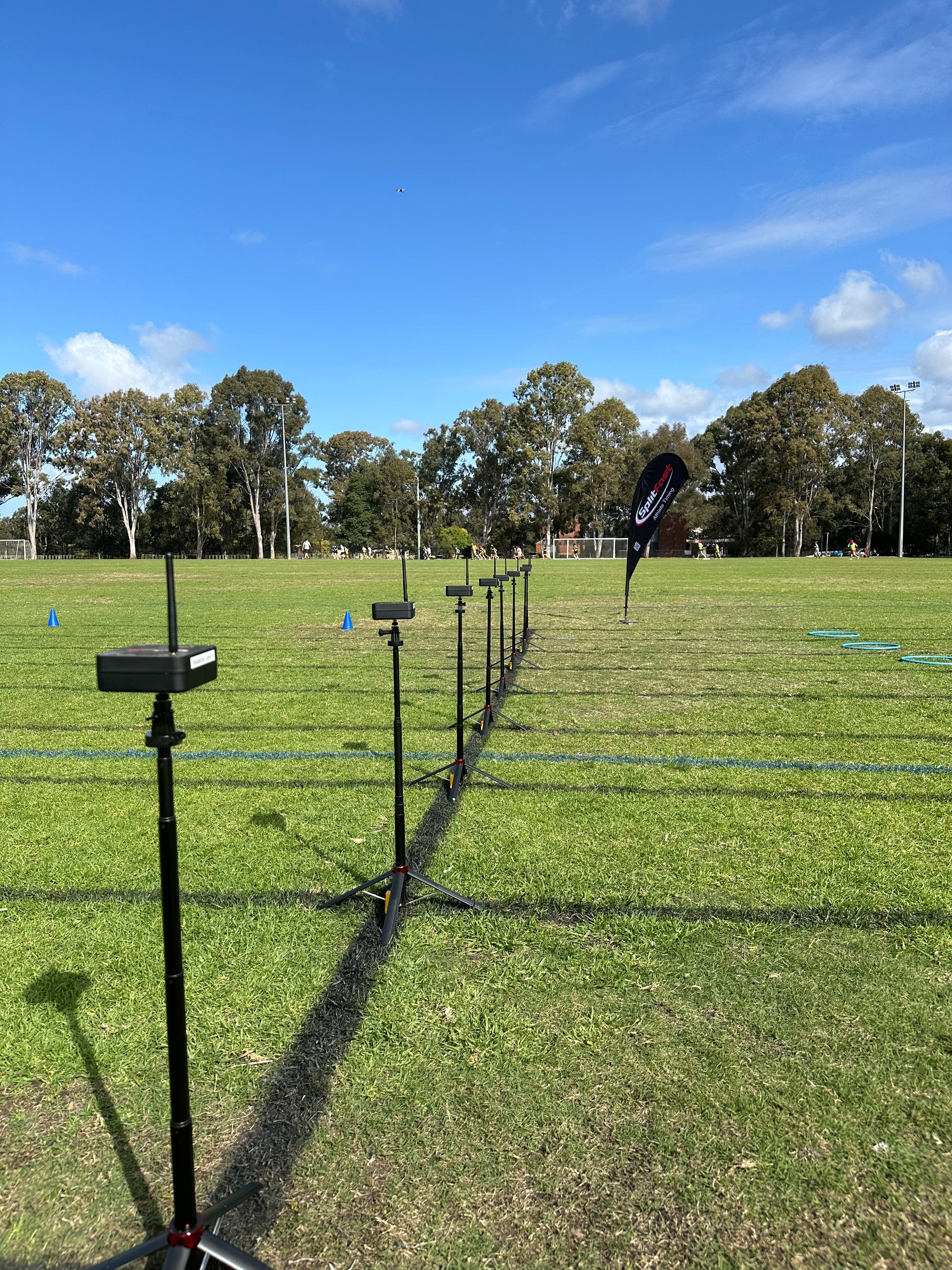The effect of periodized power training on sprint performance
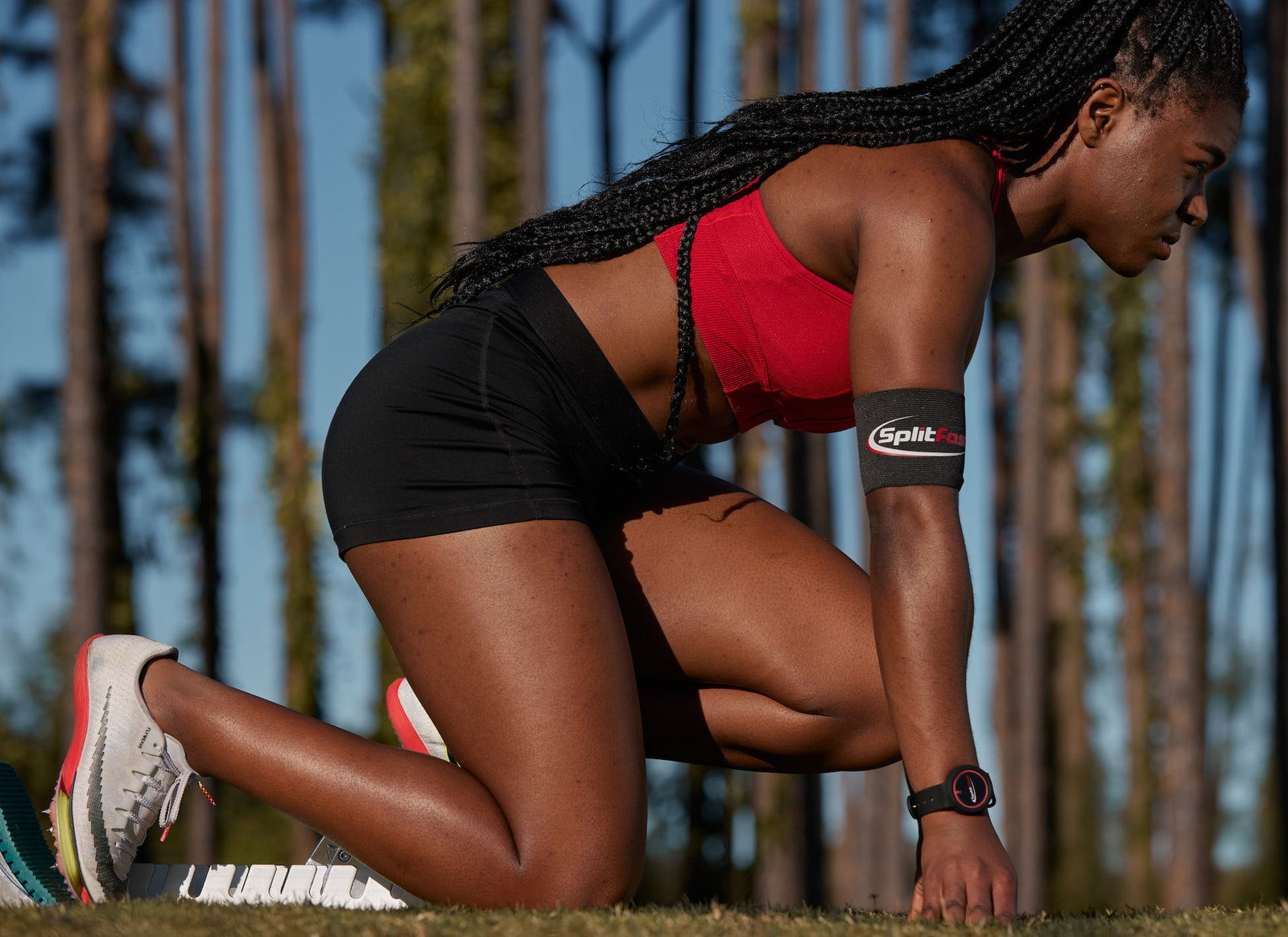
Effect of a Periodized Power Training Program on the Functional Performances and Contractile Properties of the Quadriceps in Sprinters
Sigitas Kamandulis,Albertas Skurvydas, Marius Brazaitis, Aleksas Stanislovaitis, Jacques Duchateau, and Jūratė Stanislovaitienė
Research Quarterly for Exercise and Sport
Vol. 83, No. 4, pp. 1–6
This is a particularly valuable piece of research for the coach.
It examines the relationships between neural and muscular adaptation to strength training and their relative contributions to improvements in sprint performance.
Kamandul is and his associates from the Lithuanian Sports University used 7 male sprinters from the Lithuanian track team as subjects. The athletes were tested prior to a 3 week period of Power Endurance Training and then retested. They then completed a 4 week program of High Intensity Power Training and then retested. Testing involved measures of 60m sprint, voluntary torque, involuntary torque invoked by electricalstimulation, counter movement jumps and drop jumps.
The Power Endurance Training involved a series of exercises performed with only 30-60 seconds rest between each exercise. Each set lasted 20 seconds and was performed at 60-90% intensity. The exercises werehill, stationary, stair and hurdle running, as well as vertical and horizontal jumping; and finally sprints alternating with jogging.
High Intensity Power Training utilized 95-100%effort for 5-10 seconds with 5-10 minutes rest between exercises. The exercises used were; sled running, depth jumping, forward jumping, and crouch start sprints. They also performed ‘dynamic exercises using inertial loads’ to develop the foot, ankle and back extensors as well as the chest. Unfortunately no further information is given regarding the nature of these exercises.
Testing revealed some interesting, statistically significant (p,0.05) results. The only change elicited by the Power Endurance Training was a slowing of contraction time. This returned to baseline after the High Intensity Power Training however. On the other hand, High Intensity Power Training improved 60 m time by 1.83%, maximum voluntary contraction improved 7.4%, countermovement jump improved 3.5%, and depth jump improved 8.7%. Furthermore, these improvements occurred without statistically significant changes in the speed of muscle contraction of the quadriceps.
Kamandulis and his associates concluded that the improvements in sprint performance noted after this relatively short, periodized power training program, could not be attributed to alteration in the contractile properties of the quadriceps muscle. They believe that the improvement in sprint performance is more likely the result of improved maximum voluntary quadriceps contraction torque.
They also note that while maximum voluntary contraction torque improved, maximum involuntary (electrically induced)contraction torque did not. They concluded that the improvement in voluntary torque must be due to neural rather than muscular adaptation to the High intensity Power Training.
Kamandulis and his associates point out several limitations to their study. The period of training was short, and only included 7 subjects. A longer study which included more subjects may have demonstrated more statistically significant results for the Power Endurance program and/or alterations to the contractile properties of the quadriceps. In addition, their study focused solely on the quadriceps. Clearly sprinting involves multiple muscles. Finally, it is not clear whether the High Intensity Power training alone produced the improvements, or the combination of Power Endurance Training followed by High Intensity Power training was responsible. Further research is required to clarify each of these points.
None the less, the coach can draw many useful pieces of information from this study. Even a short period of Power Endurance Training followed by High Intensity Power Training can improve sprint performance. Improving quadriceps strength can improve sprint performance. A combination of sled sprinting, depth jumping and horizontal jumping, crouch starts and dynamic exercises for the foot, ankle and back extensors, as well as the chest, appear to be an effective regime to improve sprint performance.
We recommend the reader access the original article as it is very detailed and the discussion is excellent!








